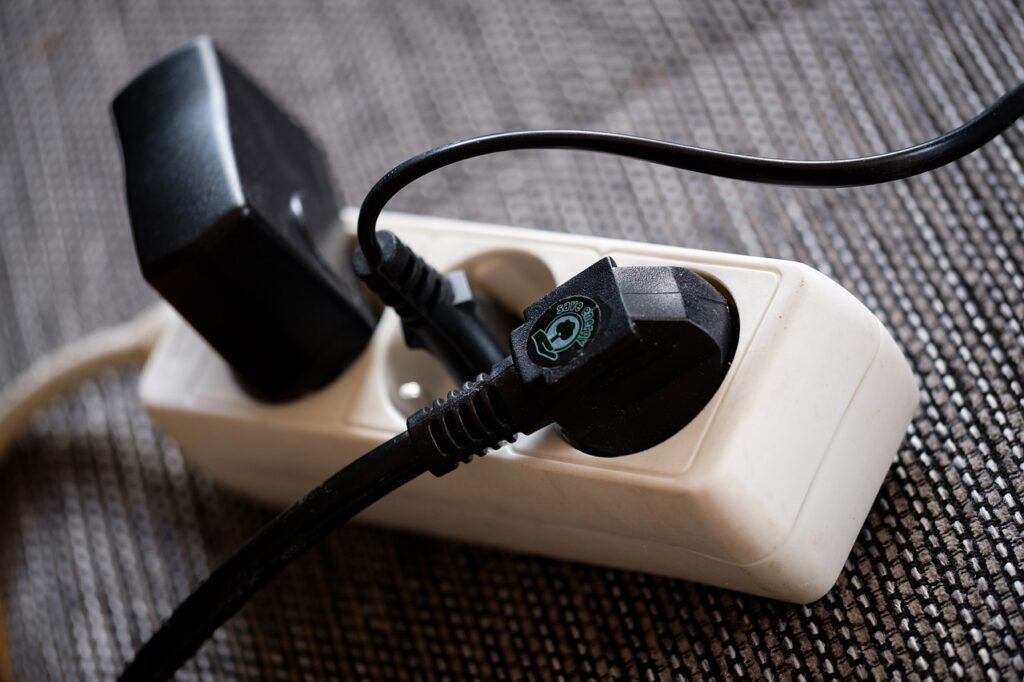Home Energy Improvement Grants: How to Get Support and Advice

If you’re looking to make your home more energy-efficient, you’re not alone. Many homeowners are eager to reduce their energy bills posed by energy suppliers, lower their carbon footprint, and create a more comfortable living space. The good news? There’s financial help available through home energy improvement grants.
Such grants can cover everything from insulation upgrades to solar panel installations. But how do you navigate the process? Read on to learn more.
Understand What Home Energy Improvement Grants are
Grants for home energy improvements are funds provided by governments, non-profits, or energy companies to help homeowners make energy-efficient upgrades. These grants don’t need to be repaid, making them an attractive option for those looking to improve their homes without breaking the bank.
Energy efficiency measures are designed to encourage energy savings, which benefit both you and the environment. Grants can cover a wide range of improvements, including insulation for walls, roofs, and floors, energy-efficient heating systems, renewable energy systems like solar panels or heat pumps, and so on.
Research Available Grants in Your Area
The first step is to find out what grants are available in your region. Start by checking government websites, as many countries offer national or local programs. Grants can range from tax cuts for property owners following a prescribed energy efficiency scheme at home to low to almost interest-free loan options.
In addition, don’t forget to look into non-profit organizations and energy suppliers. Many utility companies offer grants or rebates to customers who make energy-efficient upgrades. On the other hand, green foundations like Grant Advice Helpline have vast resources ranging from free counseling to networking opportunities so that you’ll be able to find the perfect energy improvement grant for your needs.
Check Your Eligibility
Not everyone qualifies for every grant, so it’s important to check the eligibility criteria before applying. Common factors include:
- Household Income Level: Some grants are targeted at low-income households.
- Property Type: Certain grants may only apply to specific types of homes, such as older properties or those with poor energy efficiency ratings.
- Location: Grants can vary by region, so make sure the program you’re interested in covers your area.
If you’re unsure about your eligibility, don’t hesitate to reach out to the grant provider for clarification. They’ll often have a helpline or email support to guide you.
Gather the Necessary Documentation
Once you’ve identified a grant you’re eligible for, it’s time to gather the required documents. This might include proof of income (e.g., pay stubs or tax returns), proof of homeownership (e.g., a mortgage statement or deed), receipts indicating energy costs at home, quotes from contractors for the proposed work, energy performance certificate, and so on. Having these documents ready will speed up the application process and increase your chances of approval.
Get Professional Advice
Navigating the world of energy grants can feel overwhelming, but you don’t have to do it alone. Many organizations offer free advice to help you understand your options.
A professional energy advisor can help as well. They’ll evaluate your home’s current energy situation and offer valuable energy efficiency advice. Some grants even cover the cost of these assessments, so it’s worth looking into.
Pick the Right Upgrades
Not all energy improvements are created equal. Focus on upgrades that will give you the biggest bang for your buck. For example, improving insulation, like loft insulation, cavity wall insulation, and the like, is often one of the most effective ways to lower utility bills. Similarly, upgrading to an energy-efficient gas boiler, installing solar panels, and switching to windows with double glazing can lead to significant savings.
When choosing upgrades, consider both the short-term and long-term benefits. While some improvements may have a higher upfront cost, they could save you more money over time. Your energy assessor can help you prioritize based on your home’s specific needs.
Apply for the Grant
Once you’ve done your research and gathered your documents, it’s time to apply. Most grants have an online application process, but some may require you to submit paperwork by mail. Be sure to double-check the application requirements and deadlines to avoid any delays.
If you’re applying for multiple grants, keep track of each application’s status. Some programs may take weeks or even months to process, so patience is key. If your application is rejected, don’t be discouraged. Ask for feedback and see if there’s anything you can do to improve your chances next time.
Work with Approved Contractors
Many grants require you to use approved contractors for the work. These contractors are vetted by the grant provider to ensure they meet certain standards. While this might limit your options, it also gives you peace of mind knowing the work will be done professionally.
Before hiring a contractor, get multiple quotes and check reviews. Make sure they’re familiar with the grant requirements and can provide the necessary documentation for reimbursement.
Final Words
Home energy improvement grants are a fantastic way to make your home more energy-efficient to save money on energy bills, embrace renewable technology without straining your budget, and many more. By researching available programs, checking your eligibility, working with professionals, and so on, you can take full advantage of these opportunities.
Join the ranks of home energy champions now! Start your journey of carrying out energy-saving measures today with the help of energy efficiency grants.





